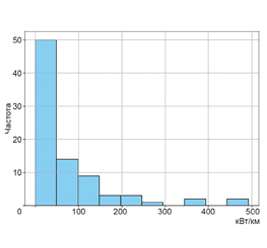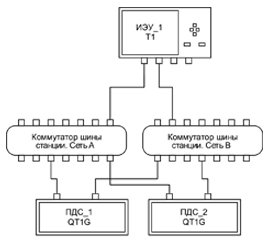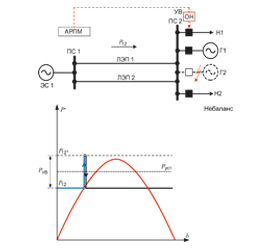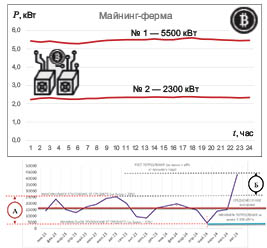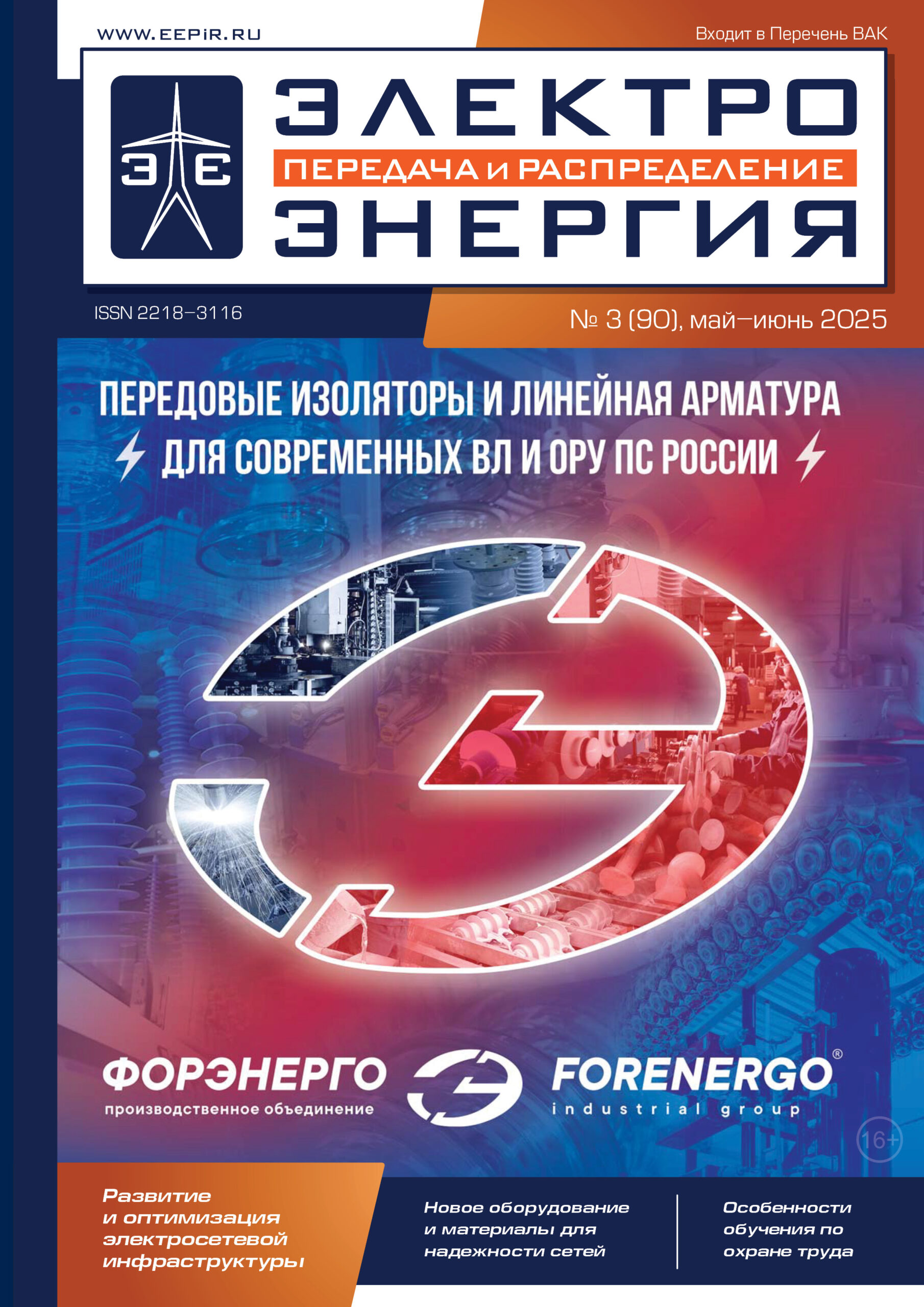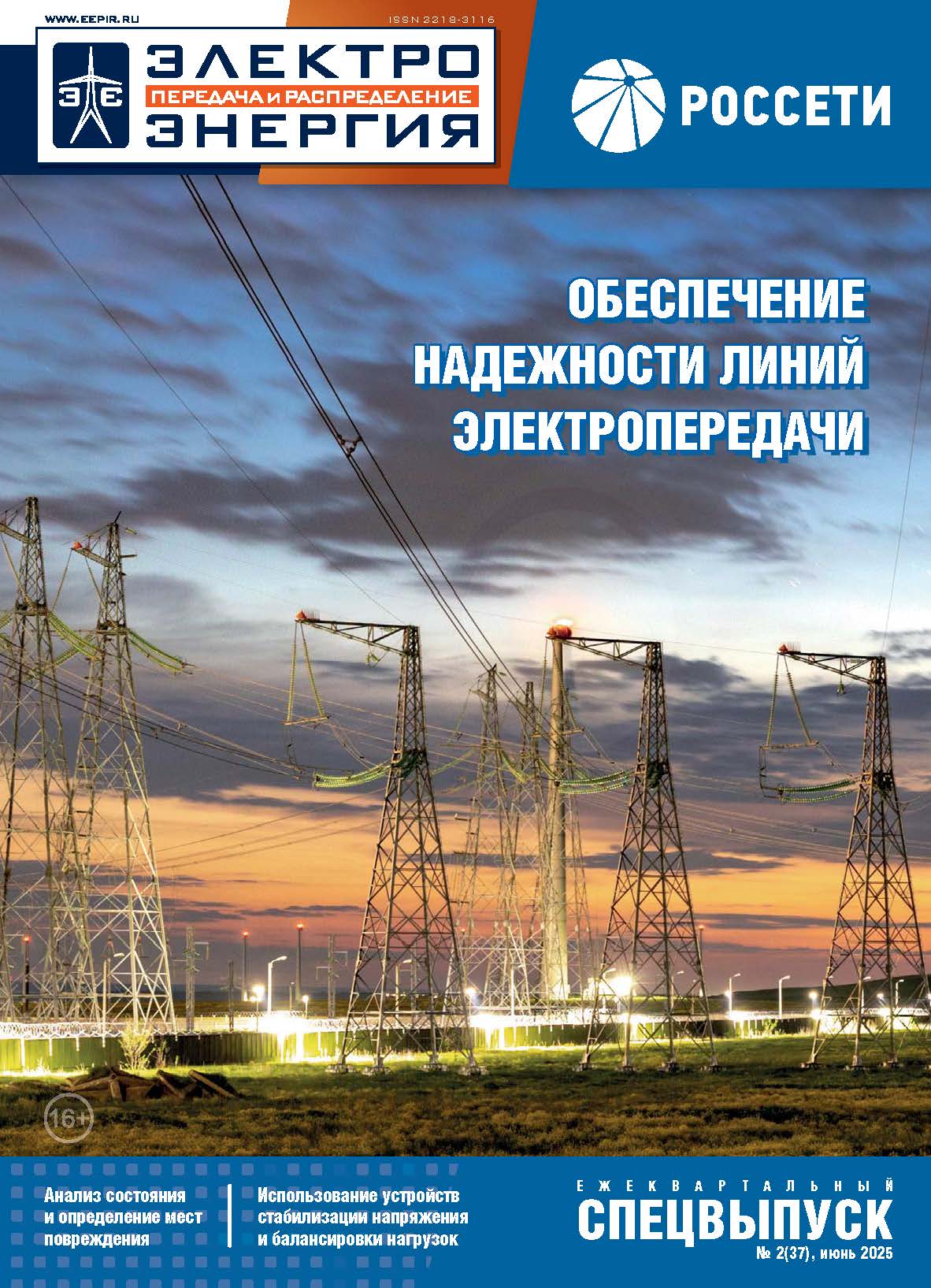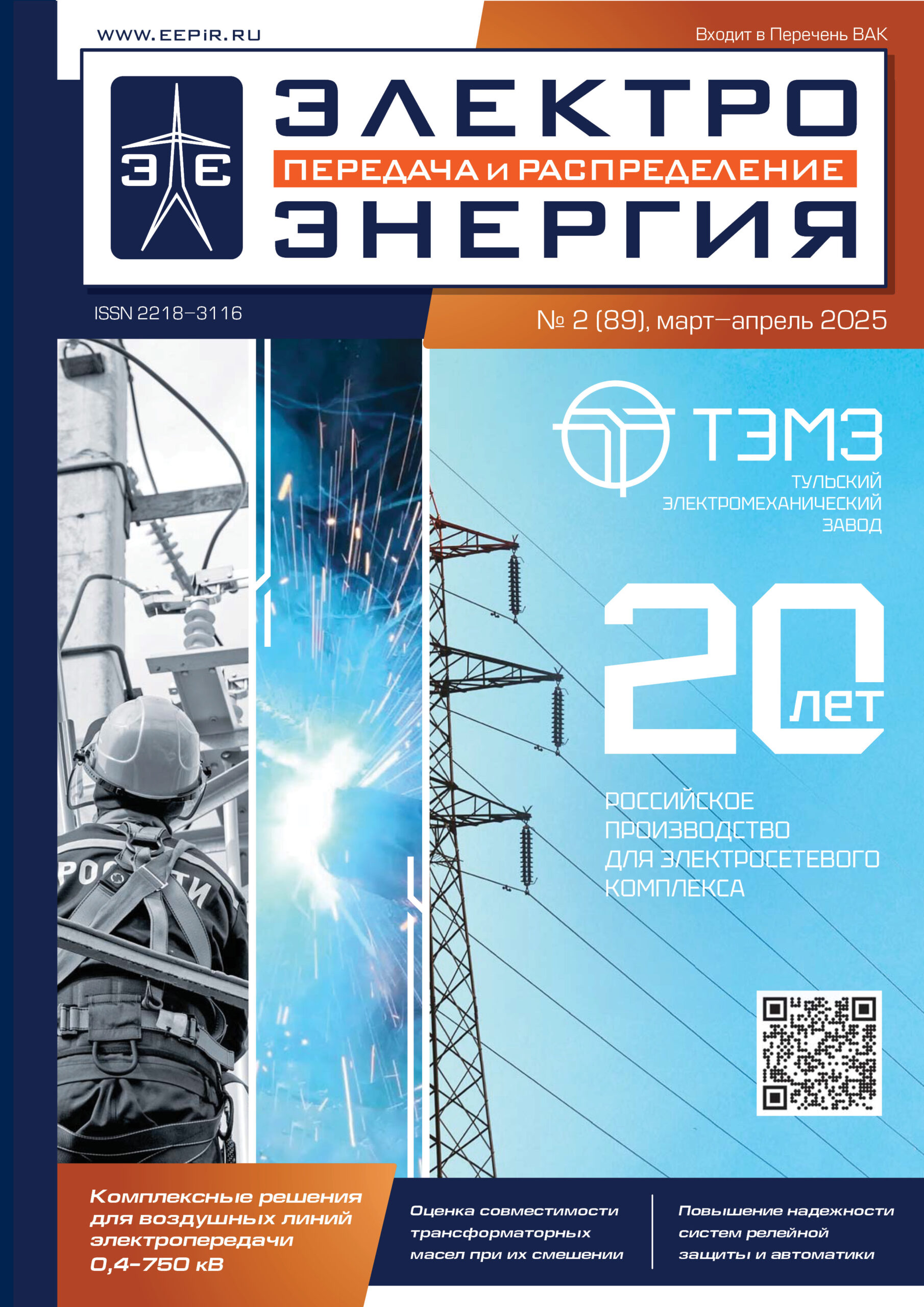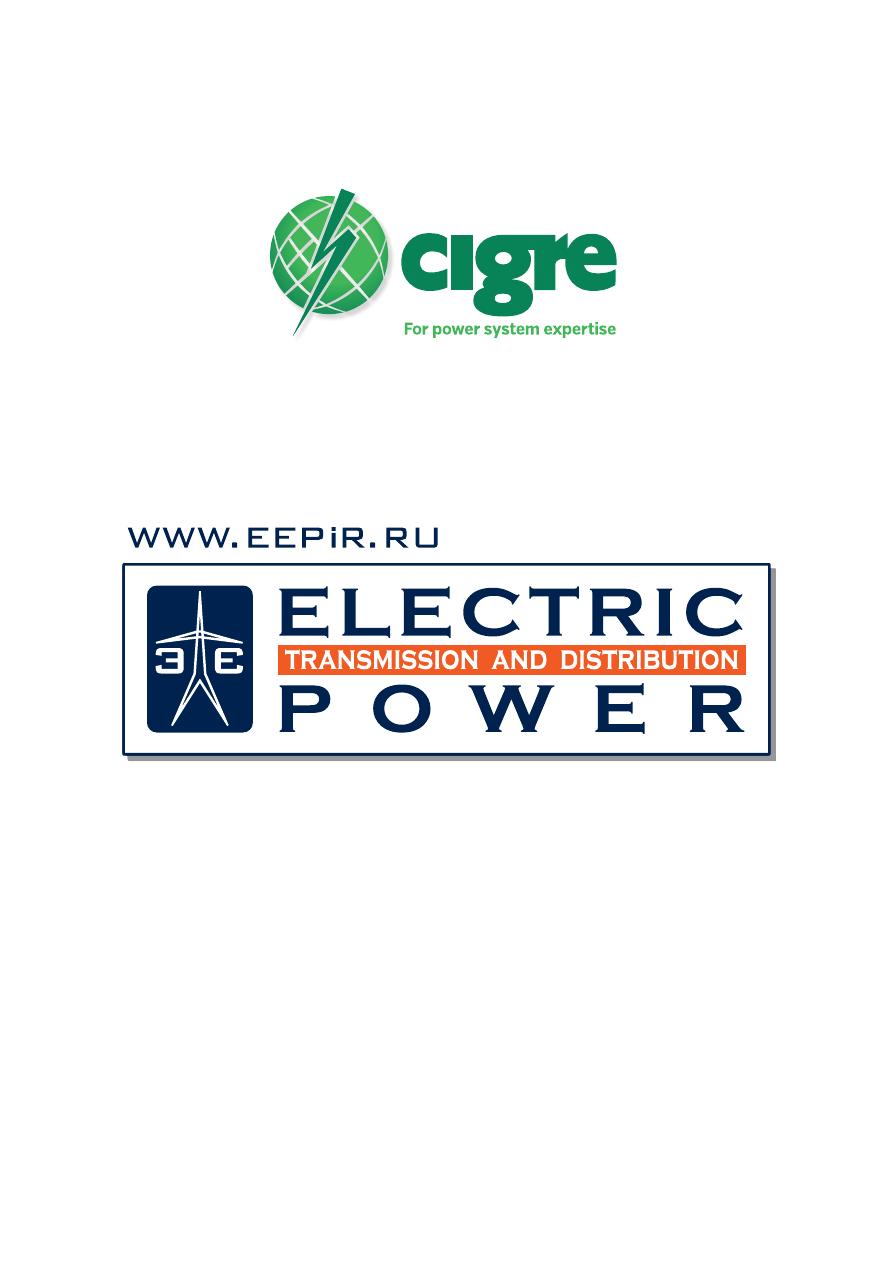
The MAIN JOURNAL for POWER GRID SPECIALISTS in RUSSIA
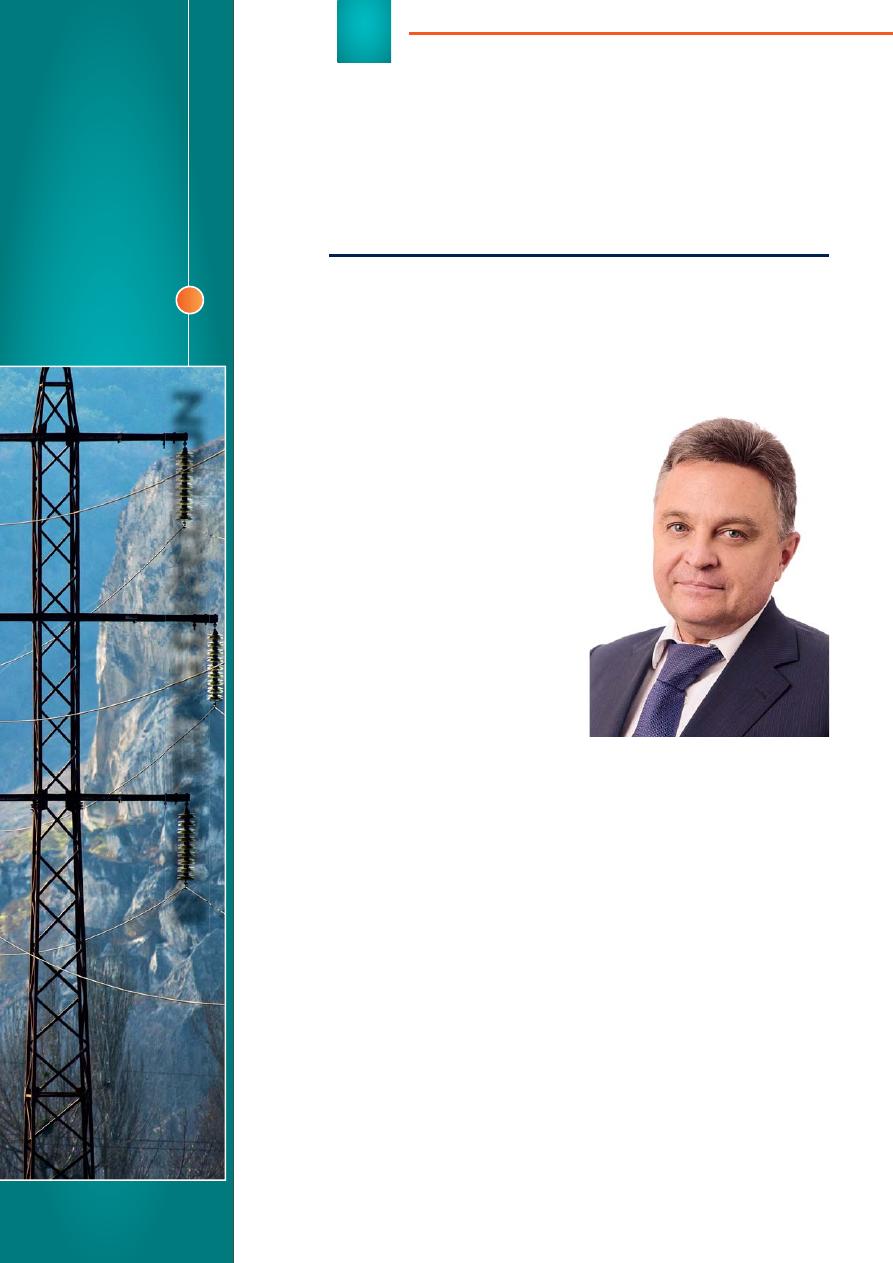
10
s
t
r
a
t
e
g
ic
d
ir
e
c
t
io
n
stra
t
egic direction
Target Model for
Ensuring Power Supply
Reliability in Russia
To date, the Ministry of Energy of the Russian Federation
pays much attention to the comprehensive solution for
reducing emergencies in the electric power industry and
improving power supply reliability. In this regard, almost
every year quality requirements for utilities repair and
investment activity have
been raising and paperwork
has been detailing. Due to
power grid digitalization is
approved at the state level,
some speci
fi
c requirements
will be impacted on
the plans of utilities.
Approaches and plans of the
Ministry of Energy related
to the afore-mentioned
issues are the topic of
our conversation with
Andrey CHEREZOV, Deputy
Minister of Energy of the
Russian Federation, "Digital
transformation of Russian
electric power industry"
project supervisor.
— Mr. Cherezov, could you
please tell us more about target
management model focused on
monitoring and improving power
grid reliability? What is construc-
tion stage of the model at the mo-
ment?
— The target management mo-
del is the transition to a risk-oriented
system of production assets ma na-
ge ment (PAM), which is being ac-
tively implemented in the power in-
dustry. PAM purpose is to improve
the control and supervisory function
and to optimize the company's inter-
nal resources needed to maintain
technical condition level and to pre-
vent technical risks.
For those purposes, the Ministry
of Energy of the Russian Federation
has developed "Methodology for
comprehensive determining indica-
tors of electric power facilities tech-
nical and economic state, including
indicators of physical deterioration
and energy ef
fi
ciency of electric grid
facilities", which was put into force
on January 1, 2018.
Within the framework of this
methodology, the main indicators
of electric power facilities technical
and economic state have been sin-
gled out and the principles of their
calculation have been developed.
Also, the procedure for monitoring
such indicators has been deter-
mined.
In addition, "Methodology for as-
sessing technical condition of the
main equipment of power plants and
electric networks" is approved.
Afore-mentioned methodology
determines the procedure for as-
sessing technical condition of the

11
main power equipment and power
transmission lines. It gives a pos-
sibility to determine the relevant
type and cost of technical impact
on equipment. The methodology is
meant to determine the technical
condition index used to calculate
equipment physical deterioration,
being the most important indicator
of power facilities technical condi-
tion. Eventually, the methodology
determines technical impact on the
main equipment, depending on the
results of technical condition as-
sessment.
Approaches to the risk-based
PAM are also implemented in the
new "Rules for assessing the avail-
ability of energy entities to operate
during heating season", which come
into force on July 1, 2018.
Based on afore-mentioned
Rules, the Ministry of Energy of the
Russian Federation will assess the
readiness for autumn-winter period
(AWP), using energy entities report-
ed data and developed approaches.
It provides a possibility to organize
continuous automated monitoring
of facilities condition and to pre-
pare the facilities for ensuring power
supply reliability. The procedure for
calculating energy entities availabil-
ity indexes for operation in heating
season is de
fi
ned in "Methodology
for assessing the availability of ener-
gy entities to operate during heating
season".
The basis for all newly accepted
regulatory documents will be the in-
dustry data provided by energy enti-
ties.
— It is obvious that all men-
tioned methods and regulatory
documents were formulated tak-
ing into account accumulated ex-
perience. What milestone events
and energy projects have im-
pacted on the formation of those
methods?
— Undoubtedly, a vast experi-
ence have been accumulated in
completely different situations over
the last decade of Russian electric
power industry operation. It was
necessary to work in the conditions
of large power system disturbances,
to carry out unscheduled planning
and implementation of important
strategic and political infrastructure
projects, and to adapt to the chang-
ing economic situation.
When forming transition model to
the risk-oriented system for manag-
ing production assets and relevant
regulatory documents, we relied
on the experience gained during
the liquidation of Sayano-Shushen-
skaya power station accident, the
implementation of major infrastruc-
ture projects related to preparation
of the APEC Summit in Vladivostok,
the Olympic Winter Games in Sochi
and so on.
A huge experience was ob-
tained in the course of the works
on upgrading power grid facilities of
Crimea and Sevastopol to the nor-
mative technical condition and en-
suring the necessary level of power
supply reliability for all customers of
the peninsula.
From 2014 to 2017, such a ma-
jor infrastructure project as Crimean
energy bridge was implemented.
It was able to provide the Crimean
Peninsula with 800 megawatts of
power. The energy bridge made it
possible to realize the basic prin-
ciple of power system – the integra-
tion of power plants, transmission
and distribution facilities and power
consumers linked by a single mode
when producing, transmitting and
consuming electric power in the
conditions of centralized operational
dispatch management.
Along with the energy bridge
construction, repairs of adjacent
110-220 kV transmission lines were
carried out in the Krasnodar Terri-
tory. In addition, serious compre-
hensive diagnostics of all energy
facilities was conducted. As a re-
sult, the measures for eliminating
identi
fi
ed deviations were assumed.
The work was done for bringing the
coef
fi
cients of current transform-
ers in line with actual loads and
replacing high-voltage circuit break-
ers in accordance with calculated
short-circuit currents. Due to that
work, power system reliability has
been increased and the quality of
electricity metering has been im-
proved.
Adjacent automated technologi-
cal systems were also upgraded.
The telemechanics system was re-
stored at all large energy facilities
of the peninsula (the system was
practically non-existent in 2014).
Currently, all power
fl
ows in the re-
gion's energy system are controlled
by the regional dispatching of
fi
ce
(the branch of JSC SO UPS – Cher-
nomorskoe Regional Dispatching
Of
fi
ce), which after information and
measurement systems restoration
has all necessary signals and data
for competent and effective deci-
sion-making.
Also, 18 mobile gas turbine
power plants with 405 megawatts
installed capacity are in constant
operation on the peninsula territory.
Those power plants were relocated
from the continental part of the Rus-
sian Federation for preparing the
peninsula for autumn-winter period.
All afore-mentioned measures
have made it possible to reduce the
overall accident rate at power facili-
ties in the region by 20%.
There are still serious problems
with 6-10 kV distribution networks.
Almost all the peninsula territory
and all major cities, such as Yalta,
Simferopol and Sevastopol have
extremely obsolete networks. In-
vestment programs of Krymenergo
and Sevastopolenergo utilities are
now mainly aimed at renovating
those networks. The volume of work
is very large and can't be done for
1-3 years, so the utilities have de-
veloped long-term renovating pro-
grams based on methods of tech-
nical condition assessment and
risk-oriented model implementation.
— The number of consumers
connected to electric networks,
electrical loads density and re-
quirements to power supply reli-
ability increase every year. Under
the circumstances, competent or-
ganization of repair and refurbish-
ment work after major power sys-
tem disturbances become more
important. How does the Minis-
try of Energy plan to strengthen
interdepartmental coordination
of refurbishment work? What or-
ganizational and technical mea-
sures should be developed and
applied by utilities in cooperation
with other institutions to acceler-
ate network refurbishment after
power system disturbances?
— In accordance with require-
ments established by laws and re-
47th CIGRE Session
Special issue, August 2018
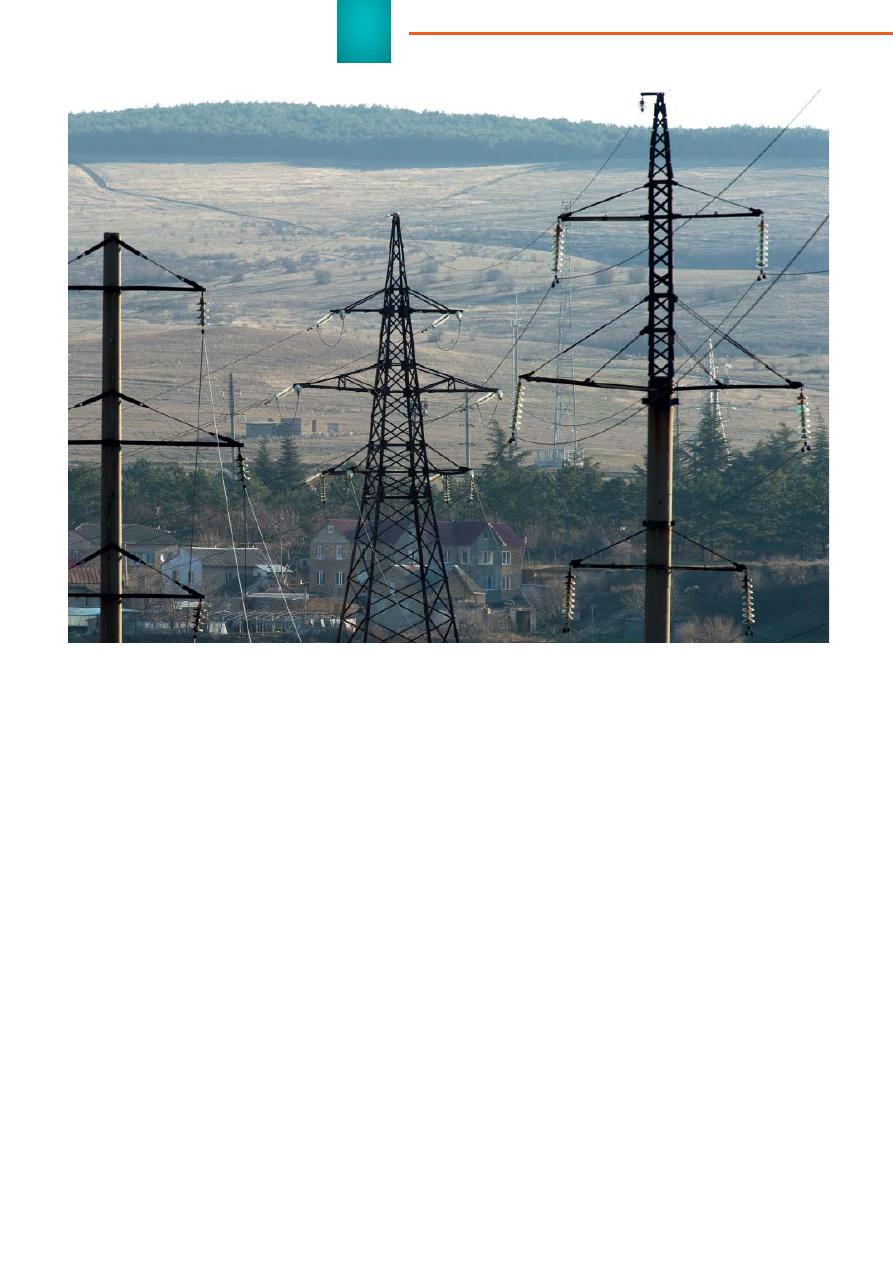
12
gulations, electric grid companies,
as well as generating companies,
need to maintain standby equip-
ment for immediate eliminating the
consequences of emergency situa-
tions.
Energy entities send quarterly
reports containing information on
their readiness to perform emergen-
cy recovery work to the Ministry of
Energy. The availability of approved
standby equipment lists, as well as
its completeness, are criteria for
assessing the readiness of energy
entities to work in autumn-winter pe-
riod.
At the same time, energy entities,
as well as Rostekhnadzor subdivi-
sions inspect staff competence with
the registration of relevant knowl-
edge assessment protocols. The
inspections are carried out as often
as necessary according to regula-
tory legal acts. Also, professional
skills competitions are organized for
personnel of generating and electric
grid companies in all professional
training programs. The competi-
tions are supported by the Ministry
of Energy.
In cases of large-scale or pro-
tracted emergencies, including
power supply interruptions, it is
planned to hold meetings of the
leadership of the Government
Commission for Ensuring Power
Supply Security (federal level) with
management of staffs on ensuring
power supply security of consti-
tuent entities of the Russian Fede-
ration and energy entities (regional
level). Regional staffs ensure ac-
tion coordination of all interested
regional authorities with energy
entities, EMERCOM regional divi-
sions and other services. The pur-
pose of the coordination is the most
operative recovery from an acci-
dent and power restoration.
At the same time, a big work with
utilities is done based on consider-
ation and analysis of all large-scale
emergency outages. The results of
the work are clearly visible on the
example of ROSSETI Group, where
effective preparation systems for
fast eliminating power supply inter-
ruptions are developed, periodic
staff training and extension courses
are conducted and routes of per-
sonnel transfer from neighboring
regions are envisaged (personnel
transfers are needed for carrying
out emergency recovery work).
Also, PJSC ROSSETI is con-
stantly monitoring the meteoro-
logical situation. When forecasting
adverse weather conditions, the
company timely prepares all neces-
sary equipment, tests power supply
emergency sources and organizes
twenty-four hour duty of operation
and maintenance personnel.
The work carried out by PJSC
ROSSETI shows the difference
between the company and small
regional grid operators, which are
often unable to ful
fi
ll operational
measures for eliminating power sup-
ply interruptions.
In 2017 the average time for
eliminating large power supply in-
terruptions has decreased by 36%
compared to the values of 2016.
Power transmission lines in the vicinity of Topoli village in the Bakhchisarai district
STRATEGIC DIRECTION

13
As it can be seen, the dyna mics
is generally positive. However, the
Ministry of Energy has no target
to reduce time of power supply in-
terruptions constantly. This time is
often determined by local techno-
logical features and negative factors
in
fl
uence. It will be more correct if
power supply interruptions time is
determined by the management of
relevant region, because this issue
is directly related to the change in
electricity tariff.
— Today, Russian electri-
cal grid companies are oriented
toward digital networks. It is in
compliance with their strategic
direction of increasing power
grid reliability and development.
In your opinion, will digital net-
work become a high-tech infra-
structure base for sustainable
development of Russian eco-
nomy?
— Electric power engineering as
an infrastructure industry and the
basis of economy is undoubtedly
one of the key areas where digitali-
zation will take a great effect.
It is important to note that electric
power industry digital transforma-
tion, including digital networks con-
struction, must be viewed as a path,
not a goal itself. Any transformations
should provide tangible and measur-
able results while ensuring technical
and economic ef
fi
ciency and return
on investment through improved
production ef
fi
ciency, labor produc-
tivity and cost optimization.
Networks digitalization should
not be limited by only automation of
existing processes or new technolo-
gies implementation. It is necessary
to clearly distinguish between these
2016
2017
–35,8%
1 d 7 h 30 min
20 h 13 min
Reduction of the average time for elimi-
nating large power supply interruptions
tasks. Technological and manageri-
al processes automation is success-
fully carried out in the industry for
a long time. As long as commercial
readiness, new production techno-
logies are introduced. But the high
level of automation doesn't provide
the necessary effect for reducing
the cost of kWh.
Planned changes in the industry
should be aimed primarily at resolv-
ing topical problems. First of all it
is essential to ensure power supply
reliability and to upgrade produc-
tion assets within existing tariffs. It
is also important not to miss avail-
able opportunities. It is expected
that electrical grid companies will
change not only technologies, but
also business processes and inter-
action models between energy en-
tities linked by a single production
chain.
— Such a grandiose project
as digital network needs serious
legislative and regulatory sup-
port. What regulatory actions are
made by the Ministry of Energy
to create an appropriate regula-
tory basis? How is it planned to
change approaches to cyber se-
curity?
— The Ministry of Energy prima-
ry target is to adopt the legal frame-
work for digitalization tasks. At the
same time, it is necessary to set the
benchmark for the industry develop-
ment and encourage companies to
support digitization not through re-
strictive measures or prohibitions,
but by economic measures and ex-
pediency.
The issue of information security
has been raised to the state level,
taking into account the existing in-
ternational realities. In the coming
years, the task is to develop new uni-
fi
ed approaches and requirements
for upgrading IT infrastructure of the
industry. The infrastructure should
be capable to ensure power systems
ope ration in the new digital environ-
ment and in the face of probable cyber
threats.
— Will the transition to net-
work digital model require adjust-
ments in the existing programs
for the development of Russian
electric power industry and indi-
vidual regions?
— Adjustments and clari
fi
cations
of such programs are carried out on
a regular basis. This is the responsi-
bility of both the Ministry of Energy
and specialized design organiza-
tions.
It is expected that relevant issues
related to power grid digitalization
will be appropriately taken into ac-
count within the framework of regu-
lar adjustments to those programs in
the coming years.
— Thank you very much for
the interview.
Interview was conducted
by Ekaterina Guseva
Dispatch board of the Vologda power distribution zone (Vologdaenergo, the branch
of PJSC "IDGC of North-West", PJSC ROSSETI subsidiary)
47th CIGRE Session
Special issue, August 2018
Оригинал статьи: Target Model for Ensuring Power Supply Reliability in Russia
To date, the Ministry of Energy of the Russian Federation pays much attention to the comprehensive solution for reducing emergencies in the electric power industry and improving power supply reliability. In this regard, almost every year quality requirements for utilities repair and investment activity have been raising and paperwork has been detailing. Due to power grid digitalization is approved at the state level, some specific requirements will be impacted on the plans of utilities. Approaches and plans of the Ministry of Energy related to the afore-mentioned issues are the topic of our conversation with Andrey CHEREZOV, Deputy Minister of Energy of the Russian Federation, «Digital transformation of Russian electric power industry» project supervisor.






